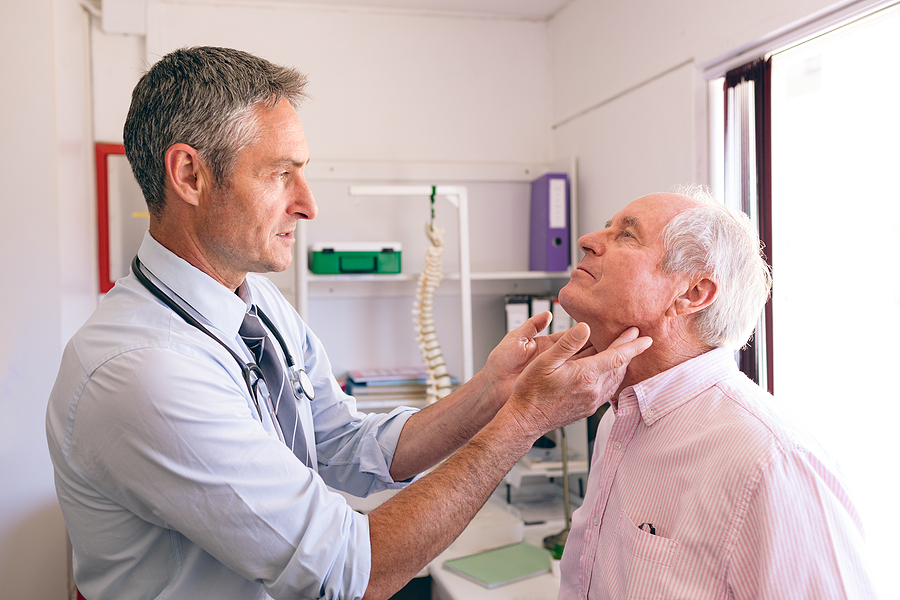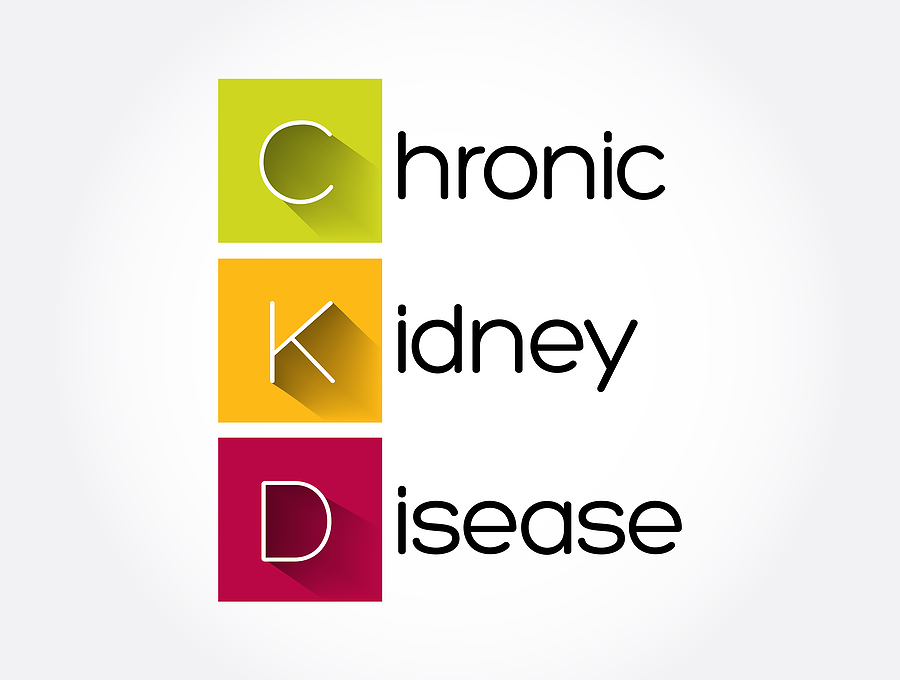What the FAA wants
Direct Primary Care Physician for Pilots – Regardless of the medical condition, the FAA wants a current (within 90 days of your exam) detailed clinical progress note (DCPN). A DCPN is a comprehensive evaluation of your history, physical exam findings, laboratory or radiological results, diagnosis, treatment plan, and prognosis.
This is the kind of note that doctors were originally taught to write in medical school, but generally do not in actual practice. The reason that the FAA wants this level of detail is because they only have access to what is sent to them. They cannot look you up in some centralized medical record system to see what your history is.
If a condition is newly reported to them, they want to know as much information as possible to make a well-informed decision about your medical certification. Anything less will result in either a request for more information or a denial of your medical certificate.
Why traditional insurance-paid physicians tend to fall short
A traditional insurance-paid physician is working within a system and uses an electronic health record. Most likely many of the other physicians you see are part of the same insurance network and possibly using the same electronic health record.
This allows your doctor to easily pull up information from other doctors but also lets them easily refer to their previous notes on your condition. Additionally, insurance-paid doctors are on the clock.
They get compensated by both the complexity of the patients they see and the volume of patients they see. Nowhere in that compensation structure is getting paid for writing detailed medical school-style notes.
Given that they can easily look up past information if needed, traditional insurance-paid physicians tend to document the minimum necessary information to update your current status only to meet billing requirements.
This means that most physician notes will not meet the FAA requirements of a detailed clinical progress note. When you ask them to write the kind of note the FAA wants, you may be asking them to do more work for no more money.
And they may not always want to do it. How would you feel if someone asked you to work a few extra hours for no additional compensation?
What is Direct Primary Care?
Direct Primary Care is a business model where physicians do not accept third-party payment structures, like from insurance companies. The relationship is strictly between the physician and the patient.
Typically the practice is set up as a monthly fee that covers certain services and benefits. Anything outside of that, such as specialized equipment (think splints, crutches, etc) or laboratory tests would need to be paid for by the patient.
What are the benefits of Direct Primary Care?
According to the American Academy of Family Physicians, in a traditional primary care clinic setting a full-time physician will average between 2000 and 2500 patients whereas Direct Primary Care physicians average 600-800.
Direct Primary Care physicians will generally perform the vast majority of things that a traditional clinic-setting primary care physician would do.
The major difference, as you might be able to tell from the numbers, is going to be access. In a typical 20-minute primary care appointment you may only spend 10 minutes with the doctor.
If you have a complicated issue, multiple issues, or any kind of special request, that just isn’t going to cut it. Many Direct Primary Care physicians have appointments around an hour in length.
Additionally, they typically have next-day appointments available, many will also do telehealth and some may even have provisions for after-hours urgent care or even house calls. Direct Primary Care physicians are trying to bring the doctor-patient relationship back to the doctor and patient.
Why pilots should consider using a Direct Primary Care physician
As we wrote in one of our articles for Flying, one of the most important things you can do is have a good, consistent relationship with a primary care physician. This close relationship will most likely mean that your doctor can manage your conditions closely and have intimate knowledge of your medical conditions.
If you can’t get in to see your doctor for two or three months, how likely are you to make appointments for things you may not consider serious? But they might be important for FAA medical certification.
With a Direct Primary Care physician, you will have better access to a physician and they will know you better. It also means that a Direct Primary Care physician will have more time for you. More time for the appointment, more time to discuss a request based on FAA requirements, and more time to write the kind of note that the FAA wants.
When you hear about pilots who have been battling the FAA for extended periods it is almost always because of paperwork issues. In our experience sometimes it is the doctor who just isn’t willing to take the time to write the kind of note needed for you to show the FAA that you are still safe to fly.
Maybe you should consider looking for a Direct Primary Care physician near you.
Follow us on Facebook.com/wingmanmed
Also see:
Why VA C&P Exams are Risky for Pilots
Documenting Musculoskeletal Problems Documented for VA Disability
Why You Don’t Need Wingman Med
Can Your FAA Medical Affect Your VA Disabilities?
HIPAA and Your FAA Exam
Vertigo and Your FAA Medical





